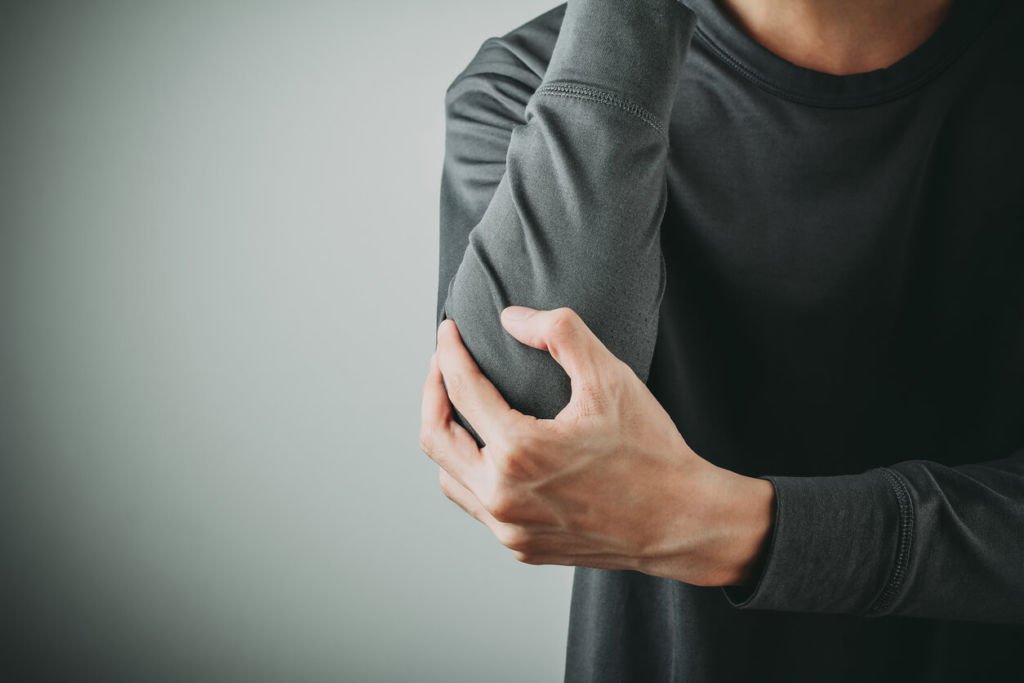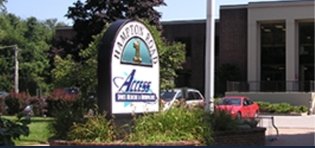Tennis elbow, also called lateral epicondylitis, is a condition where pain occurs in the outside area of the elbow. As a type of tendinitis, the pain from tennis elbow occurs where the tendons in your forearm muscles attach to the bony bump of your elbow.
Tennis elbow is similar to another elbow condition called golfer’s elbow, which affects the tendon in the inside area of the elbow.
What Causes Tennis Elbow?
Don’t let its name fool you; anyone can be affected by tennis elbow, especially non-athletes. In fact, tennis elbow is the most common reason why people see their doctor for elbow pain.
Any repetitive gripping activities — especially ones using the thumb and first two fingers — can cause tennis elbow. This condition develops over time from the stress that excess gripping puts on the tendons. Tugging motions can also cause microscopic tears in the tendons.

Some common athletics that can cause tennis elbow include:
- Tennis
- Fencing
- Weight Lifting
- Racquetball
Other activities that can lead to tennis elbow are:
- Typing
- Raking
- Knitting
- Painting
Tennis Elbow Symptoms
Tennis elbow most commonly causes pain in the upper extremities, including the elbow and upper or lower arm. You’re likely to also experience pain while working with your hands and tenderness in the bony knob that is on the outside of your elbow.
The following activities can also become really painful:
- Lifting items
- Making a fist
- Opening a door
- Shaking hands
- Straightening the wrist
To diagnose tennis elbow, your doctor will ask you to flex your arm, wrist and elbow to evaluate where exactly the pain is. You may need digital imaging tests like an X-ray or MRI.
Tennis Elbow Treatment
Tennis elbow is a completely treatable condition and pain relief can come from many non-surgical options including:

- Icing to reduce pain and swelling
- Using an elbow strap to protect the elbow from further damage
- Taking anti-inflammatory medications
- Range of motion exercises to reduce stiffness and increase flexibility
- Physical therapy to strengthen and stretch the muscles.
Most importantly, your elbow will need rest while the tendon heals. Signs of improvement in your condition will likely come when:
- Your elbow is no longer swollenGripping/tugging movements are no longer painful
- The injured elbow feels as strong as your other elbow
- You’re able to flex and move your elbow without any pain or stiffness
Can Tennis Elbow Be Prevented?
There’s good news for those worried about tennis elbow: it can be prevented as long as you follow the tips below.
Avoid overuse
- Overdoing it is one of the leading causes of tennis elbow. You should always stop an activity if you feel any pain so that your injuries don’t become worse. Read this article to learn more about preventing overuse injuries.
Use proper techniques
- Using sports equipment or tools that are too heavy for you will do more harm than good. You should also always stick to proper postures when participating in activities like golf and tennis.
